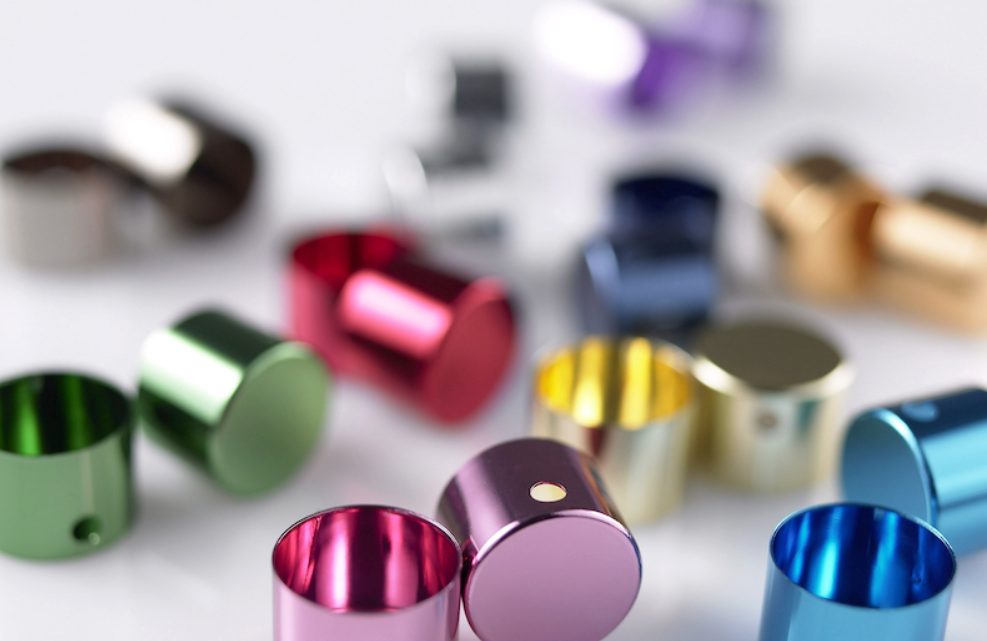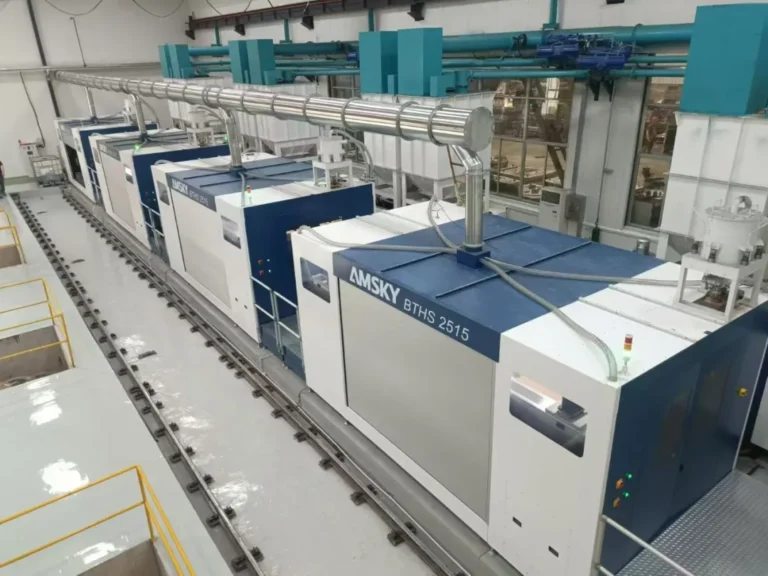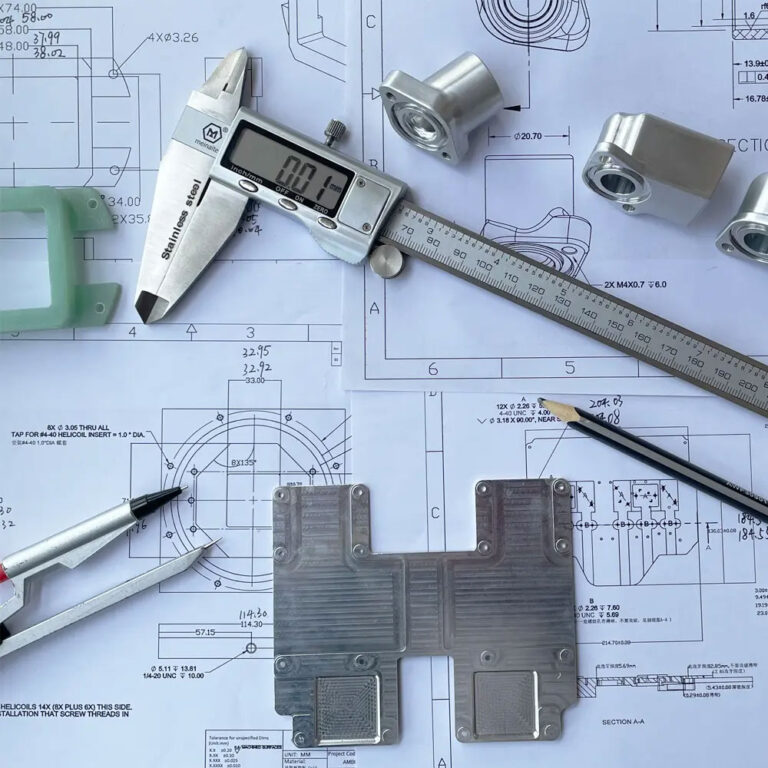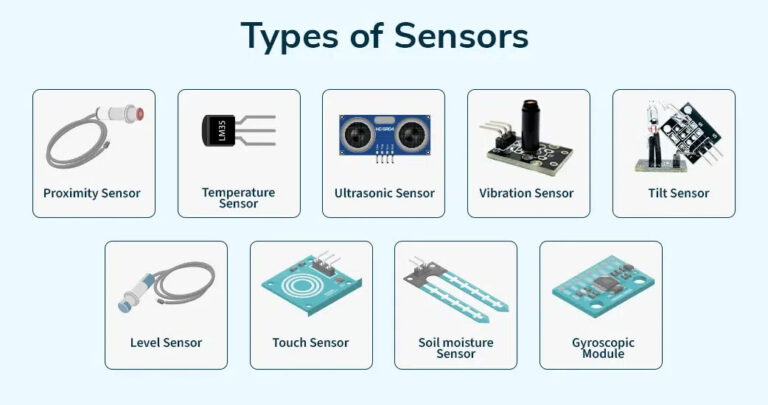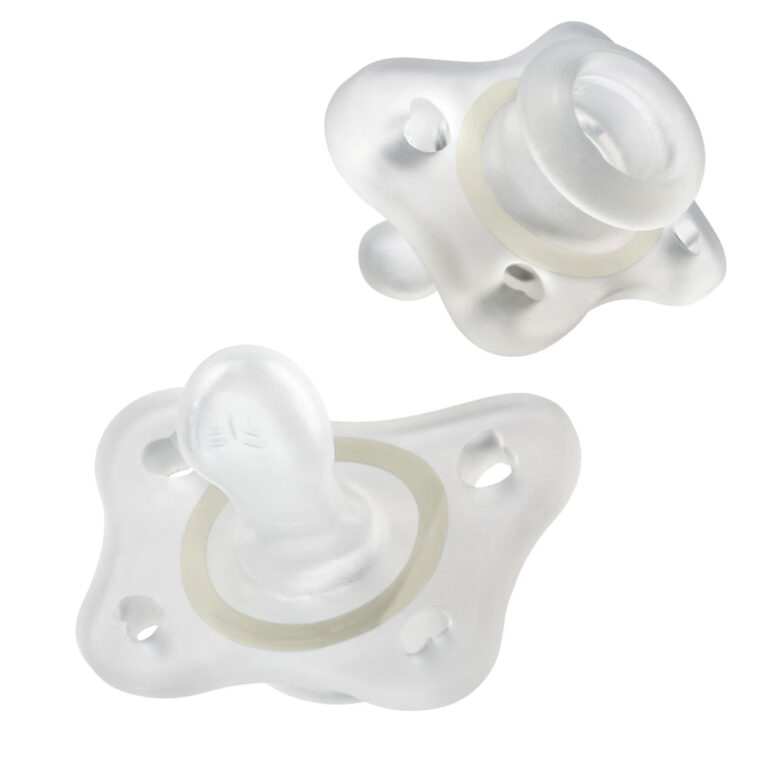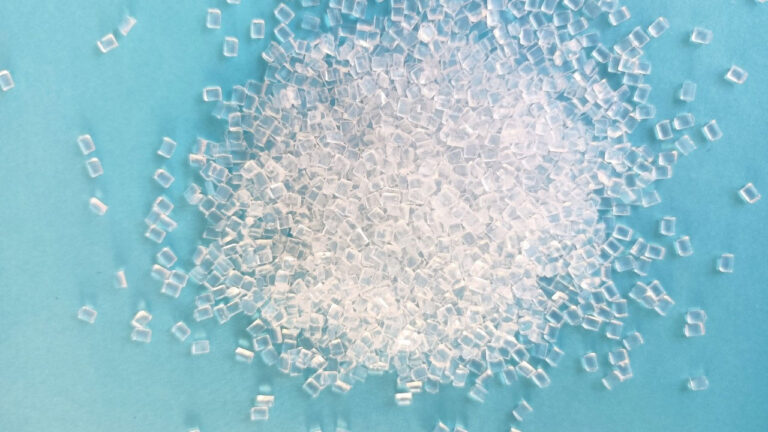1.Micro-arc oxidation
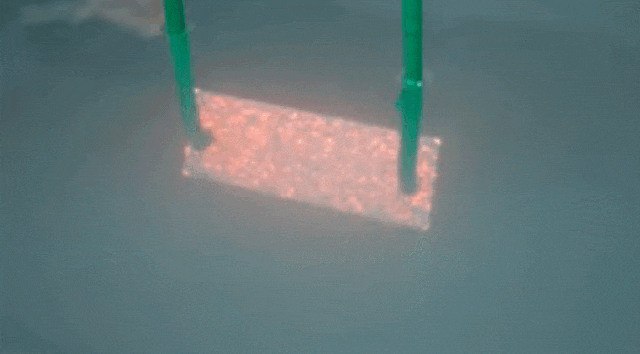
Micro-arc oxidation , also known as micro-plasma oxidation, is a process that uses a combination of electrolyte and corresponding electrical parameters to grow a ceramic film mainly composed of matrix metal oxide on the surface of aluminum, magnesium, titanium and their alloys by relying on the instantaneous high temperature and high pressure generated by arc discharge.
2.Metal brushing
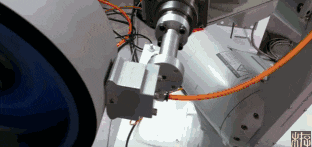
Metal wire drawing is a surface treatment method that forms lines on the surface of the workpiece by grinding the product to achieve a decorative effect.
3.Burning blue
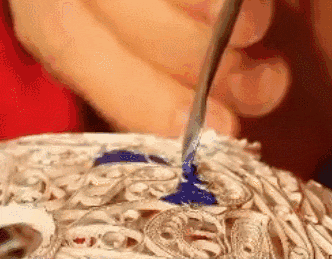
The blue firing process is to fill the entire body with colored glaze, and then fire it in a blast furnace at a temperature of about 800℃. The colored glaze melts from a sandy solid into a liquid, and after cooling, it becomes a gorgeous colored glaze fixed on the body.
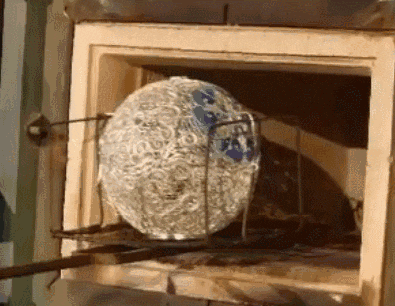
At this time, the colored glaze is lower than the height of the copper wire, so it has to be filled with colored glaze again and then sintered. Generally, it has to be done four or five times in a row until the pattern is filled to the same level as the filigree pattern.
4.Shot peening
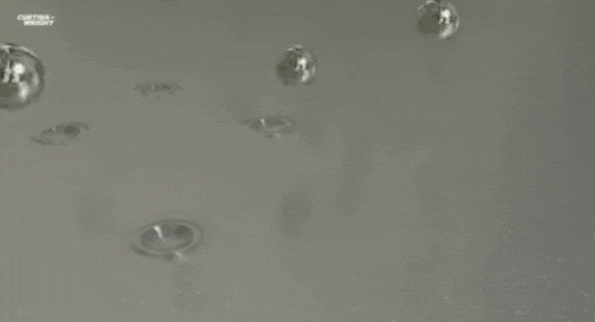
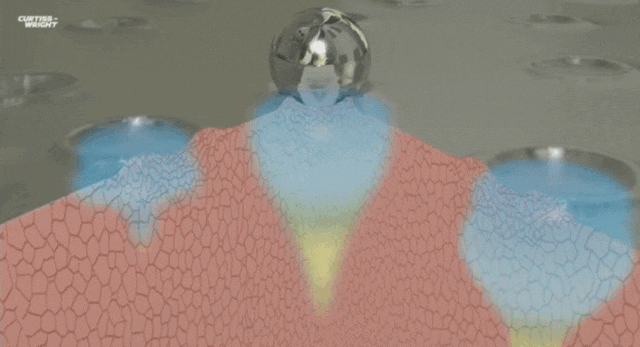
Shot peening is a cold working process that uses shot to bombard the workpiece surface and implant residual compressive stress to improve the fatigue strength of the workpiece.
5.Sand blasting
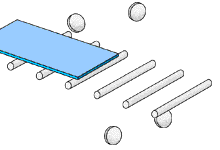
Sand blasting is a process that uses the impact of high-speed sand flow to clean and roughen the surface of the substrate. That is, compressed air is used as the power to form a high-speed jet beam to spray the material (copper ore sand, quartz sand, corundum, iron sand, Hainan sand) at high speed onto the surface of the workpiece to be processed, so that the appearance or shape of the outer surface of the workpiece changes.
6.Etching
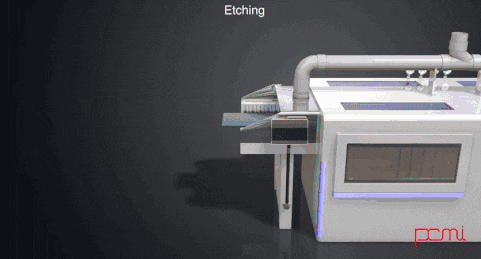
Etching is a technique that uses chemical reactions or physical impact to remove materials. Etching is usually referred to as photochemical etching, which refers to removing the protective film of the area to be etched after exposure and development. During etching, it contacts the chemical solution to achieve the effect of dissolution and corrosion, forming a concave-convex or hollow-out effect.
7.IMD
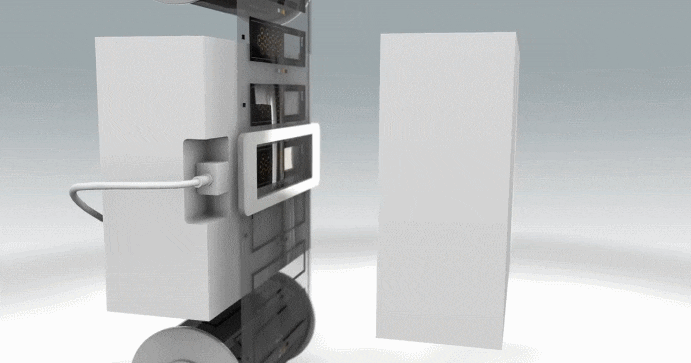
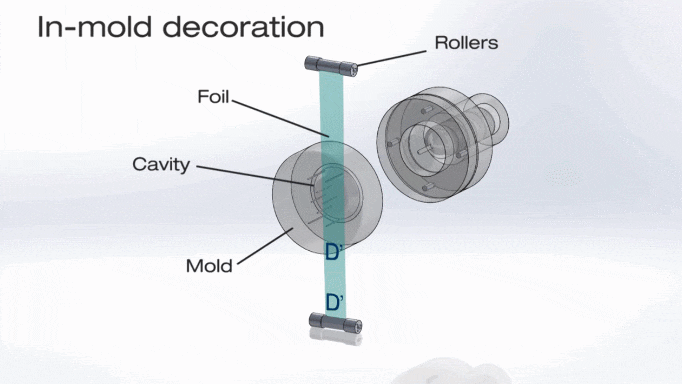
IMD stands for In-Mold Decoration, also known as paint-free technology. It is an internationally popular surface decoration technology. It has a hardened transparent film on the surface, a printed pattern layer in the middle, an injection layer on the back, and ink in the middle. It can make the product resistant to friction, prevent the surface from being scratched, and keep the color bright for a long time without fading.
8.OMD
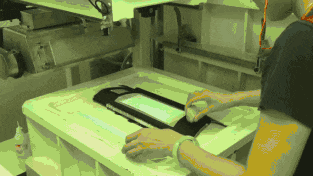
OMD , short for Out Mold Decoration, is a decorative technology that integrates vision, touch and function. It is an extension of IMD and a 3D surface decoration technology that combines.
9.Laser carving
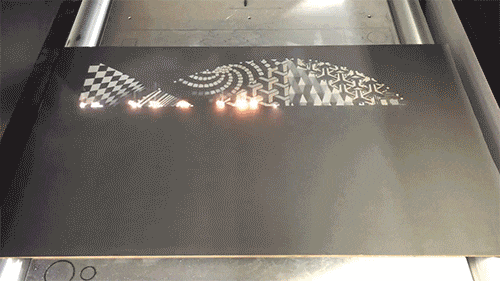
Laser engraving , also known as laser engraving or laser marking, is a surface treatment process based on optical principles. It uses laser beams to carve permanent marks on the surface of a material or inside a transparent material.
10.Electrical discharge machining
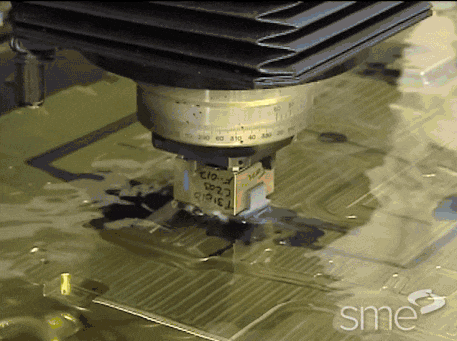
Electrospark machining (EDM) is a special machining method that uses the electro-erosion effect generated by pulse discharge between two electrodes immersed in a working fluid to remove conductive materials. It is also called discharge machining or electro-erosion machining, referred to as EDM in English. Tool electrodes are usually made of electro-erosion-resistant materials with good conductivity, high melting point, and easy processing, such as copper, graphite, copper-tungsten alloy, and molybdenum. During the machining process, the tool electrode also has loss, but it is less than the amount of metal removed from the workpiece, and is even close to no loss.
11.Laser texturing
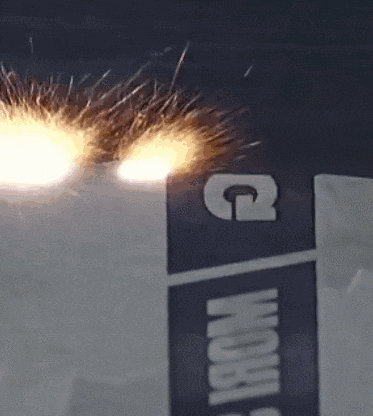
Laser biting uses high-energy-density lasers to react with the surface of steel to form snakeskin/etching/pear ground or other forms of patterns.
12.Pad printing
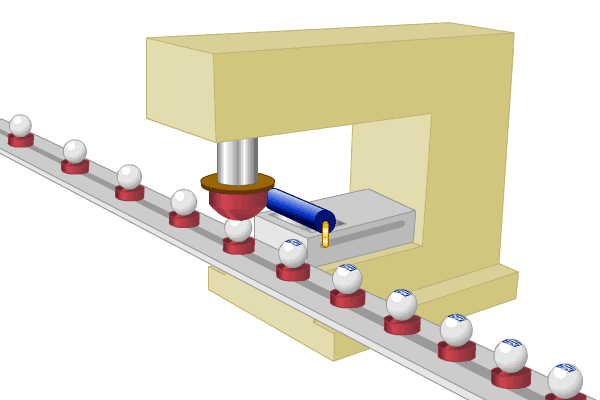
Pad printing is one of the special printing methods. It uses a steel (or copper, thermoplastic) gravure and a curved pad head made of silicone rubber material. The ink on the gravure is dipped onto the surface of the pad head, and then pressed against the required object surface to print text, patterns, etc.
13.Screen printing
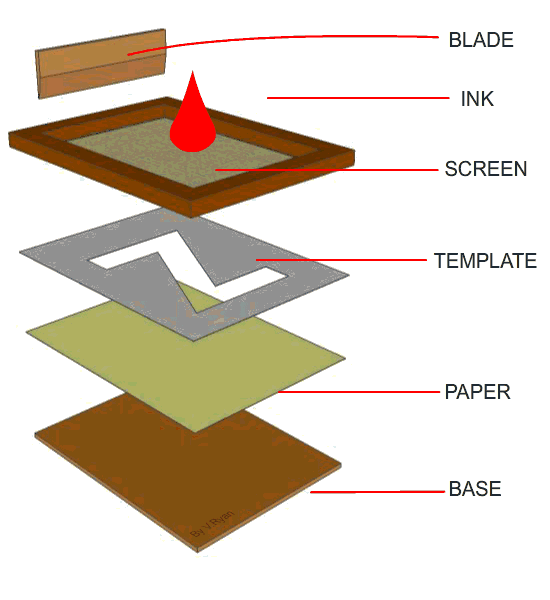
Screen printing is to stretch silk fabric, synthetic fiber fabric or metal screen on the screen frame, and make the screen printing plate by hand-carving paint film or photochemical plate making. Modern screen printing technology uses photosensitive materials to make screen printing plates by photoengraving (making the screen holes of the image part of the screen printing plate through holes, and the screen holes of the non-image part are blocked). During printing, the ink is transferred to the substrate through the mesh holes of the image part through the extrusion of the scraper, forming the same image as the original.
14.Direct thermal printing
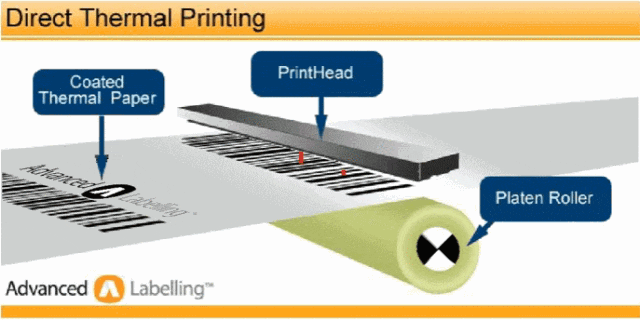
Direct thermal printing refers to a method in which a heat-sensitive agent is applied to paper to make it a thermal recording paper. Under the action of heat, the thermal recording paper causes the substance (developer) to undergo physical or chemical changes to obtain an image.
15.Thermal transfer
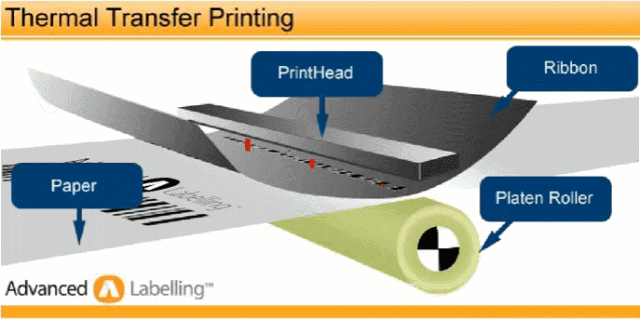
The principle of thermal transfer is to print the digital pattern on transfer paper with special transfer ink through a printer, and then use a special transfer machine to accurately transfer the pattern to the surface of the product under high temperature and high pressure to complete the product printing.
16.Lithographic printing
Since the graphic part and the non-graphic part of the lithographic printing are on the same plane, during printing, in order to enable the ink to distinguish between the graphic part and the non-graphic part of the printing plate, the principle of oil-water separation is used.
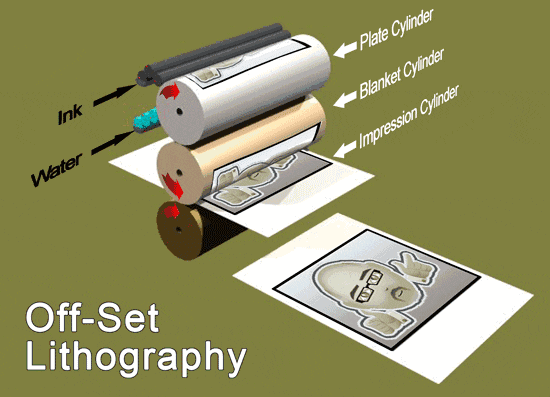
First, the water supply device of the printing plate component supplies water to the non-graphic part of the printing plate, thereby protecting the non-graphic part of the printing plate from being soaked by the ink.
Then, the ink supply device of the printing component supplies ink to the printing plate. Since the non-graphic part of the printing plate is protected by water, the ink can only be supplied to the graphic part of the printing plate.
Finally, the ink on the printing plate is transferred to the latex, and then the pressure between the rubber roller and the impression cylinder is used to transfer the ink on the latex to the substrate to complete a printing. Therefore, lithographic printing is an indirect printing method.
17.Curved surface printing
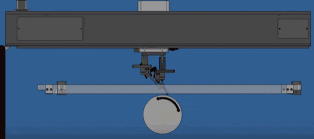
Curved surface printing is to first put ink into the gravure engraved with text or patterns, then copy the text or pattern onto the curved surface, and then use the curved surface to transfer the text or pattern to the surface of the molded product, and finally cure the ink through heat treatment or ultraviolet light irradiation.
18.Hot stamping
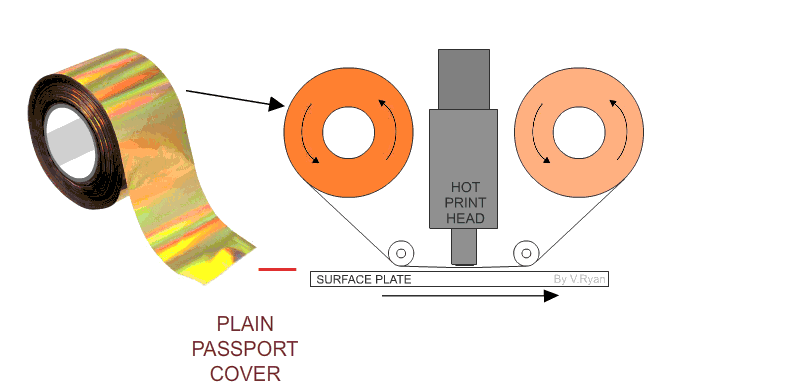
Hot stamping , commonly known as “gilding”, refers to the process of hot stamping text and patterns made of materials such as colored foil on the cover or fourth cover of a hardcover book and on the back of the book, or by using heat pressing to emboss various convex and concave book titles or patterns.
19.Water transfer printing
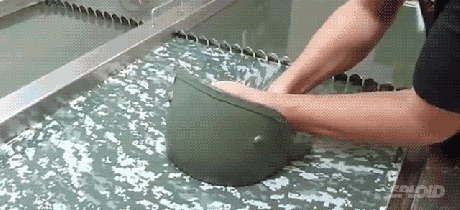
Water transfer printing is a type of printing that uses water pressure to hydrolyze transfer paper/plastic film with colored patterns. The process includes the production of water transfer printing paper, soaking of flower paper, pattern transfer, drying, and finished product.
20.Flat screen printing
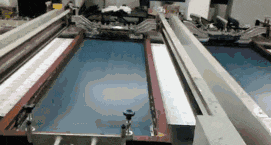
In flat screen printing , the printing mold is a polyester or nylon screen (pattern) fixed on a square frame with hollow patterns. The patterned areas on the patterned area allow the color paste to pass through, while the areas without patterns are sealed with a polymer film.
During printing, the patterned area is pressed tightly against the fabric, and the color paste is placed on the patterned area. The patterned area is scraped back and forth with a scraper to allow the color paste to pass through the pattern and reach the surface of the fabric.
21.Calendering
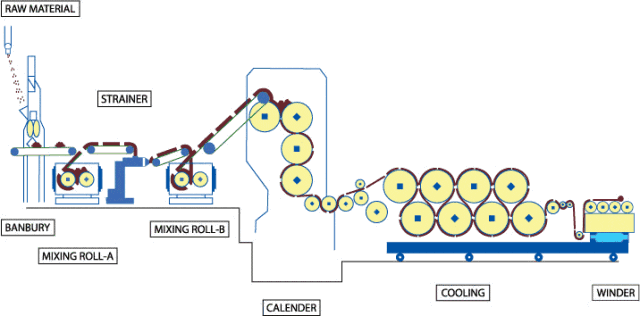
Calendering is also called calendering. It is the last step in heavy leather finishing. It is a finishing process that uses the plasticity of fibers under mixed heat conditions to flatten the surface of the fabric or roll out parallel fine diagonal lines to enhance the gloss of the fabric. After the material is fed in, it is heated and melted, then formed into a sheet or film, then cooled and rolled up. The most commonly used calendering material is polyvinyl chloride.
